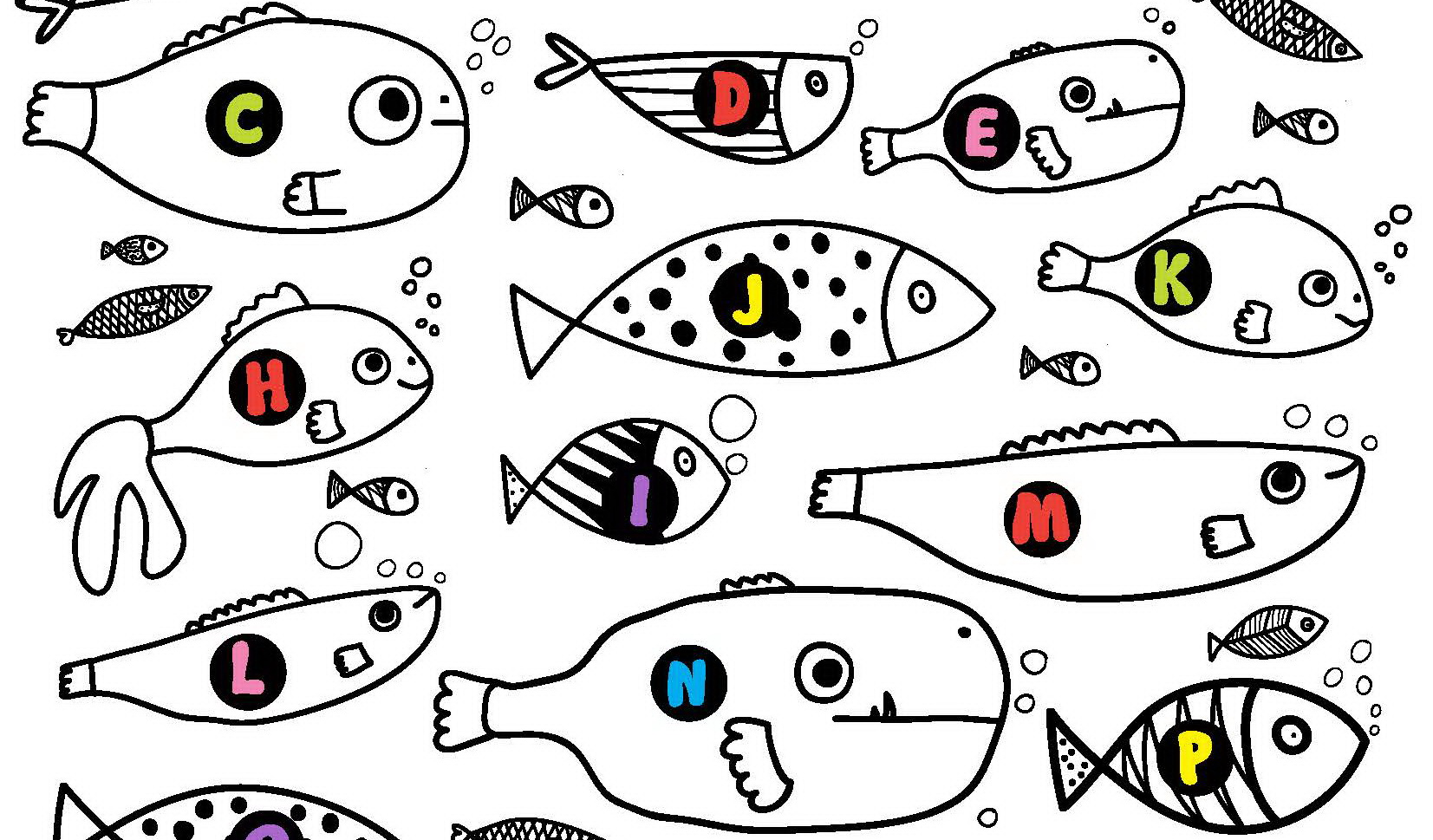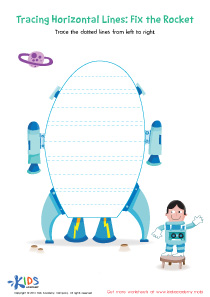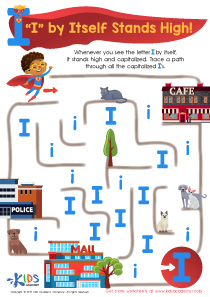Motor skills development Normal Letter Recognition Worksheets for Ages 3-6
3 filtered results
-
From - To
Discover our Motor Skills Development Normal Letter Recognition Worksheets for ages 3-6, designed to enhance your child's learning journey! These engaging worksheets combine letter recognition with essential motor skills practice, ensuring little hands develop coordination while exploring the alphabet. Intuitive activities like tracing, circling, and letter matching encourage children to recognize letters in a fun and interactive way. These resources not only build foundational literacy skills but also promote fine motor development through numerous engaging exercises. Perfect for preschool and kindergarten settings, our worksheets are a wonderful addition to any learning environment, empowering young learners to thrive with confidence and creativity!
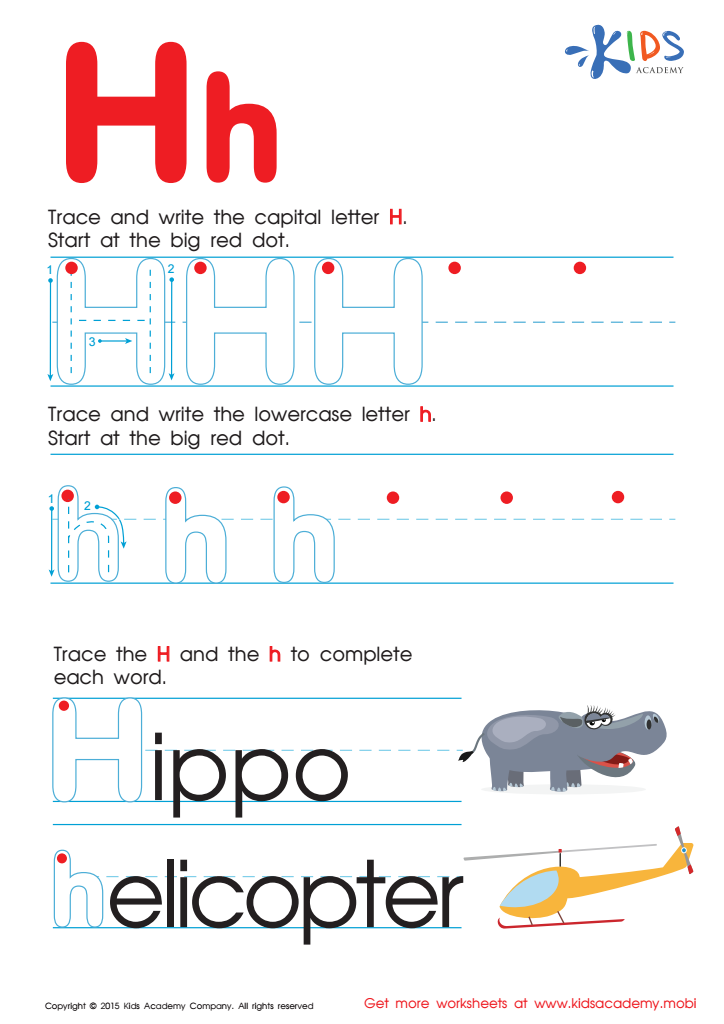

Letter H Tracing Page
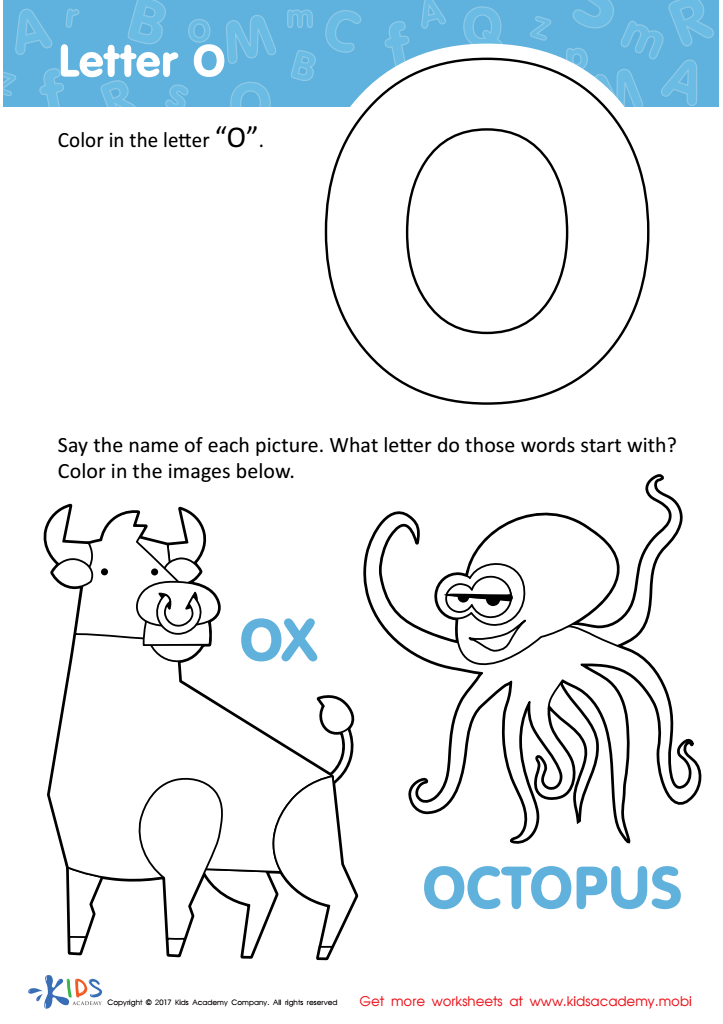

Letter O Coloring Sheet
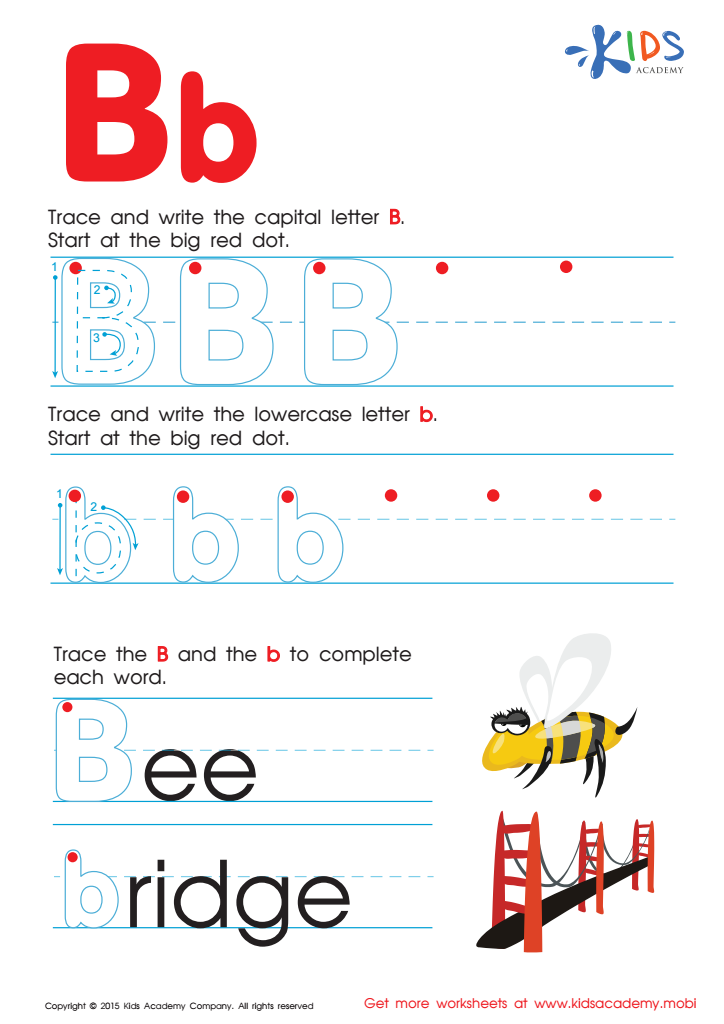

Letter B Tracing Page
Motor skills development and letter recognition are crucial components of early childhood education, particularly for ages 3-6. During this formative stage, children engage in activities that strengthen fine motor skills—essentially the hand-eye coordination they need for writing, drawing, and manipulating objects. Adding letter recognition into this mix is vital as it lays the foundation for literacy, enabling children to identify letters, understand their sounds, and ultimately read.
Parents and teachers must be attentive to motor skills and letter recognition because they are interconnected. Strong motor skills enhance a child's ability to write letters clearly. Conversely, recognizing letters boosts their confidence and enjoyment in learning, creating a positive feedback loop. If motor skills lag behind, children may struggle with handwriting and other educational tasks, leading to frustration and a potential aversion to learning altogether.
Additionally, early intervention can prevent long-term challenges. Engaging children through play—e.g., using puzzles or crafts focused on letters—can make learning enjoyable and effective. Thus, fostering both motor skills and letter recognition offers a holistic approach to developing capable, enthusiastic learners, empowering them with the skills necessary for academic success and a love for learning.
 Assign to My Students
Assign to My Students


